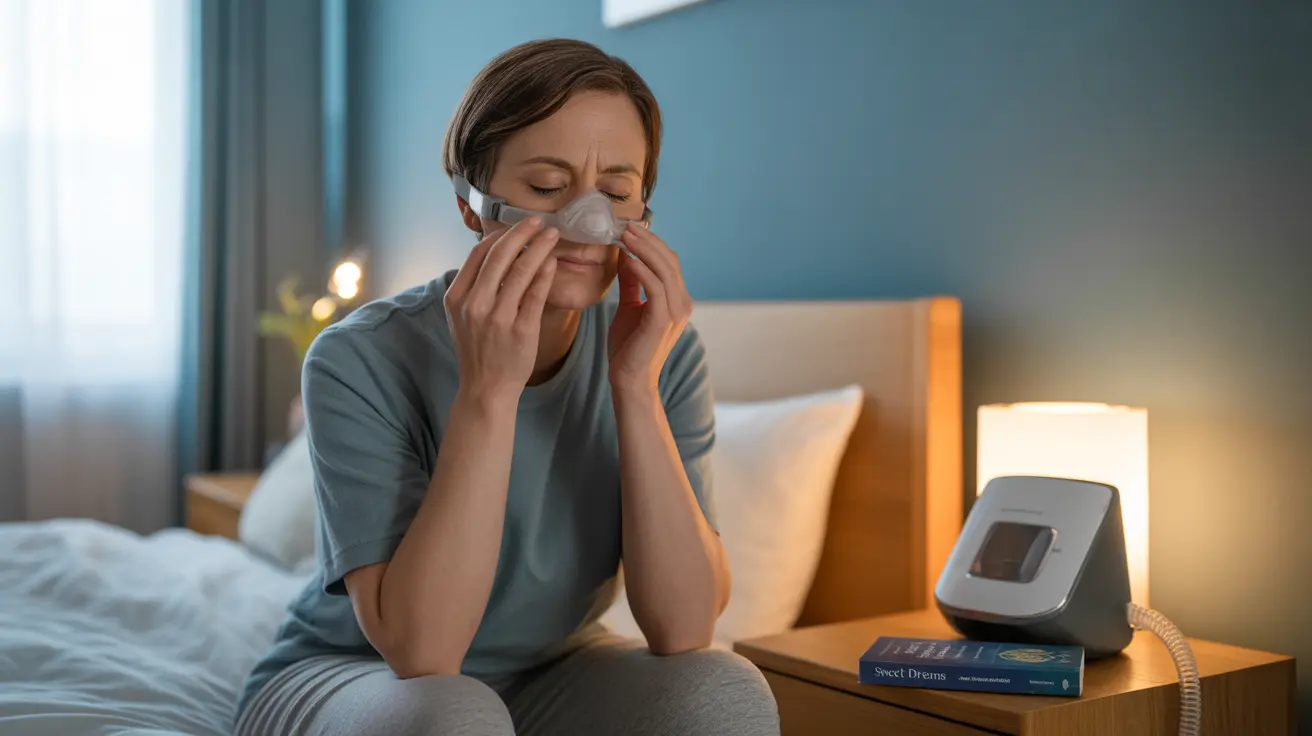Living with sleep apnea can be challenging enough without the added discomfort of headaches from CPAP therapy. While CPAP machines are essential for managing sleep apnea, some users experience headaches that can affect their treatment compliance and quality of life. Understanding why these headaches occur and how to address them is crucial for successful long-term therapy.
In this comprehensive guide, we'll explore the various causes of CPAP-related headaches and provide practical solutions to help you maintain effective sleep apnea treatment while minimizing discomfort.
Common Causes of CPAP Headaches
CPAP headaches can stem from several factors related to your therapy setup and usage. Understanding these causes is the first step toward finding effective solutions:
Mask Fit Issues
Improper mask fit is a leading cause of CPAP-related headaches. When your mask is too tight, it can create pressure points on your face and sinuses, leading to tension headaches. Conversely, a loose mask may cause air leaks, disrupting proper pressure delivery and potentially triggering headaches.
Pressure-Related Problems
Sometimes, the air pressure settings on your CPAP machine may be too high or low for your needs. Incorrect pressure can cause sinus pressure buildup or inadequate airway support, both of which can result in headaches.
Sinus and Nasal Congestion
CPAP therapy can occasionally lead to nasal dryness and congestion, especially when using unheated or non-humidified air. This congestion can cause sinus pressure headaches and facial pain.
Adjusting Your CPAP Setup for Comfort
Optimizing Mask Fit
Finding the right mask fit is crucial for preventing headaches. Consider these adjustments:
- Regular mask cleaning to maintain proper seal
- Trying different mask styles (nasal pillows, full face, etc.)
- Adjusting straps for balanced pressure
- Using mask liners or cushions for added comfort
Managing Air Pressure
Work with your healthcare provider to optimize your pressure settings:
- Start with the ramp feature to gradually increase pressure
- Consider auto-adjusting CPAP machines
- Schedule regular pressure evaluations
- Monitor leak rates and adjust accordingly
Prevention and Treatment Strategies
Taking proactive steps can significantly reduce the occurrence of CPAP headaches:
Humidity Management
Proper humidification can prevent nasal congestion and related headaches:
- Use a heated humidifier
- Maintain optimal humidity levels
- Clean and replace water regularly
- Consider room humidity levels
Lifestyle Adjustments
Complement your CPAP therapy with healthy habits:
- Stay well-hydrated
- Maintain regular sleep schedules
- Practice good sleep hygiene
- Keep your CPAP equipment clean
Frequently Asked Questions
What are the common causes of headaches when using a CPAP machine?
CPAP headaches commonly result from improper mask fit, incorrect pressure settings, sinus congestion, and mask-induced pressure points. Poor humidification and air leaks can also contribute to headache development.
How can I adjust my CPAP mask or pressure to prevent headaches?
Start by ensuring your mask fits properly without being too tight. Work with your healthcare provider to adjust pressure settings, use the ramp feature, and consider trying different mask styles. Regular mask maintenance and cleaning can also help prevent fit-related issues.
Why does CPAP therapy sometimes cause nasal congestion and facial pressure headaches?
CPAP therapy can cause nasal congestion and facial pressure when the air is too dry or the humidity settings are incorrect. Pressure imbalances and sinus irritation from the airflow can also lead to congestion-related headaches.
What steps can I take to reduce CPAP-related headaches and improve comfort?
Use a heated humidifier, ensure proper mask fit, keep equipment clean, stay hydrated, and maintain consistent sleep schedules. Consider using mask liners or cushions for added comfort, and regularly check for air leaks.
When should I see a doctor about persistent headaches related to CPAP use?
Consult your healthcare provider if headaches persist despite making adjustments, if they're severe or worsening, or if they're affecting your ability to use CPAP therapy consistently. Your doctor may need to adjust your pressure settings or recommend alternative solutions.




